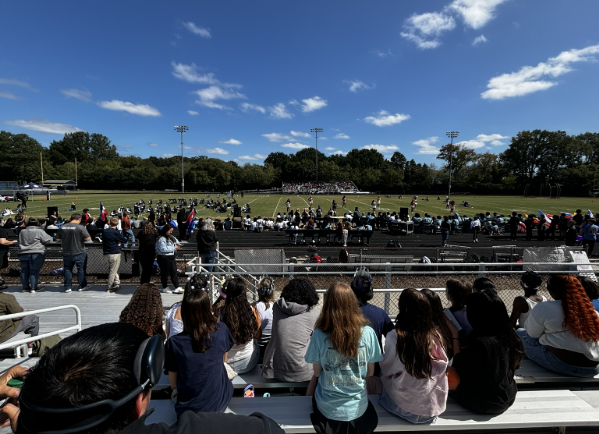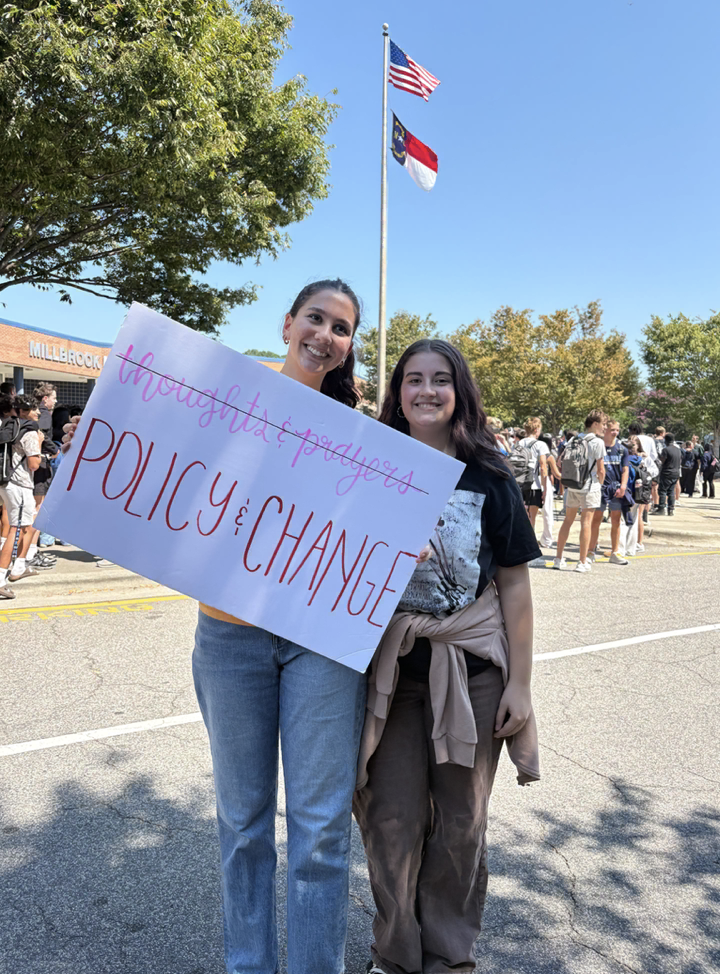The Free Application for Federal Student Aid, also known as FAFSA, has historically always been published on October 1 for college-bound students and their parents to fill out. It has always been an intensive process with a large number of income and tax-related questions. This year, major changes have been made to the application, streamlining the questions and greatly reducing the time needed to complete it. Extra time was needed to implement these changes, causing FAFSA to be delayed, having a release date as late as December 31. Though seniors still have a couple weeks until FAFSA goes online, there are still materials they will need to gather before beginning the form.
Through FAFSA, students can qualify for financial aid, grants, scholarships, work study programs, and loans to pay for higher education. This is done by taking tax return information, processing it, and sending it to colleges and universities who then send out financial aid letters to prospective attendees. One of Millbrook’s economics and personal finance teachers, Mr. Sharpe, explains that, “FAFSA has subsidized and unsubsidized loans, and grants and aid that you don’t have to pay back. When you get your return letter, you don’t automatically get money, you have to claim it, and you can claim all, part of, or none of what’s on that letter.”
In 2022, the National College Attainment Network found that over three billion dollars worth of financial aid went unclaimed. While many associate FAFSA with lower-income students in need, students from any financial background are welcome and encouraged to apply.
The changes made to the application this year are meant to make it easier to complete. According to Millbrook’s financial aid advisor, Mary Norwood, “It has been streamlined and shortened…There is a new methodology to calculate aid. Students may automatically qualify for the maximum Pell Grant.” While the old application had over 100 questions, the new version will have less than 50, achieved by cutting out certain factors in aid analysis and having tax information automatically transferred.
There are some drawbacks to this year’s changes. The later opening date of the application gives families less time to fill out the form, and colleges less time to go through the information. It was possible to reduce the number of questions so significantly in part because the application no longer considers how many family members are currently attending college, which provided a major discount to some families. However, individual colleges can still take information from FAFSA and adjust financial offers at their discretion. Some institutions have already released statements that they will account for multiple enrolled family members.
All in all, the changes to the 2024-2025 FAFSA have been received well by students and parents, who are thankful for an easier application. David Difruscio is an accounting and finance major who filled out FAFSA in 2012 for his oldest daughter. He commented that, “FAFSA has needed a change for a while. I feel like there’s so many families who don’t apply because it’s so difficult when they probably need to.”
To give yourself an easier time, Ms. Norwood advises seniors to prepare in advance by obtaining a FSA ID, which is needed by students and parents, gathering your 2022 tax information in advance, and compiling as much information in one place as possible. If you or your family has questions related to financial aid, Ms. Norwood can be reached at [email protected], and there are many resources online related to FAFSA. Watch out for the application on Dec 31, 2023!



















